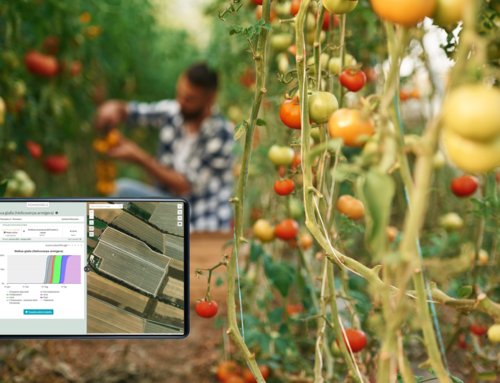Wheat has always been the agricultural crop for excellence, the raw material of typical Italian products recognized throughout the world.
This crop is subjected to the attack of many micro–organisms, responsible for various diseases: the main ones are fungi that affect the spikes and can produce mycotoxins highly dangerous, as they are toxic to humans and livestock.
Adversities linked to crops intensification
Despite the average size of the Italian territory is quite small, large geographical areas are cultivated with a single plant species, often diversified in one or few other varieties. This has caused the breaking of the balance between the development of a disease, its spread and the resistance of the plant itself.
The intensive cultivation of crops creates a more favorable environment to the development of pests: high densities, excessive fertilization and irrigation that increase the vigor of the crop and obstruct air circulation increase in fact humidity and temperature.
Main wheat diseases
The main wheat phytopathies can be divided in two categories: those affecting the basal portion and the roots and those attacking the leaf apparatus.
In the first case, several micro-organisms are responsible for this alteration and they are the first ones to attack wheat cultivations.
In the second case instead, the spreading is very variable during the years. Among the diseases of the leaf apparatus we can mention the powdery mildew, caused by Blumeria graminis f.sp. tritici, septoria and stem and black rust, caused respectively by Puccinia striiformis and Puccinia recondita f.sp. tritici.
Finally, it is important to mention fusarium wilt which, especially in the last years, is particularly feared for the production of mycotoxins and therefore for its sanitary implications.
Solutions for wheat management
A fundamental role is therefore played by the tools of Agriculture 4.0 that allow to monitor large extensions, even remotely, in order to promptly identify the onset of these diseases and act effectively, limiting damages and loss of production.
Vegetation indices
The vegetation indices processed by satellite imagery provide farmers with useful information for the management of wheat: they are used to identify problematic areas and their evolution over time. These indices are available depending on the spatial resolution connected to the satellite, which in the case of Sentinel 2 used in the Agricolus platform is five days.
App for crop scouting
Problems identified through the analysis of satellite imagery must be integrated with the information collected in the field. Crop scouting tools for geolocation of data, such as the Agricolus Farmer mobile app, have a very positive impact on the monitoring activity; in fact, it optimizes the time spent on surveys, because only the most critical areas are monitored, quickly and efficiently.
In conclusion, although the challenges are many, new technologies come to the rescue of farmers and allow to improve the performance of operations and safeguard the crop.






